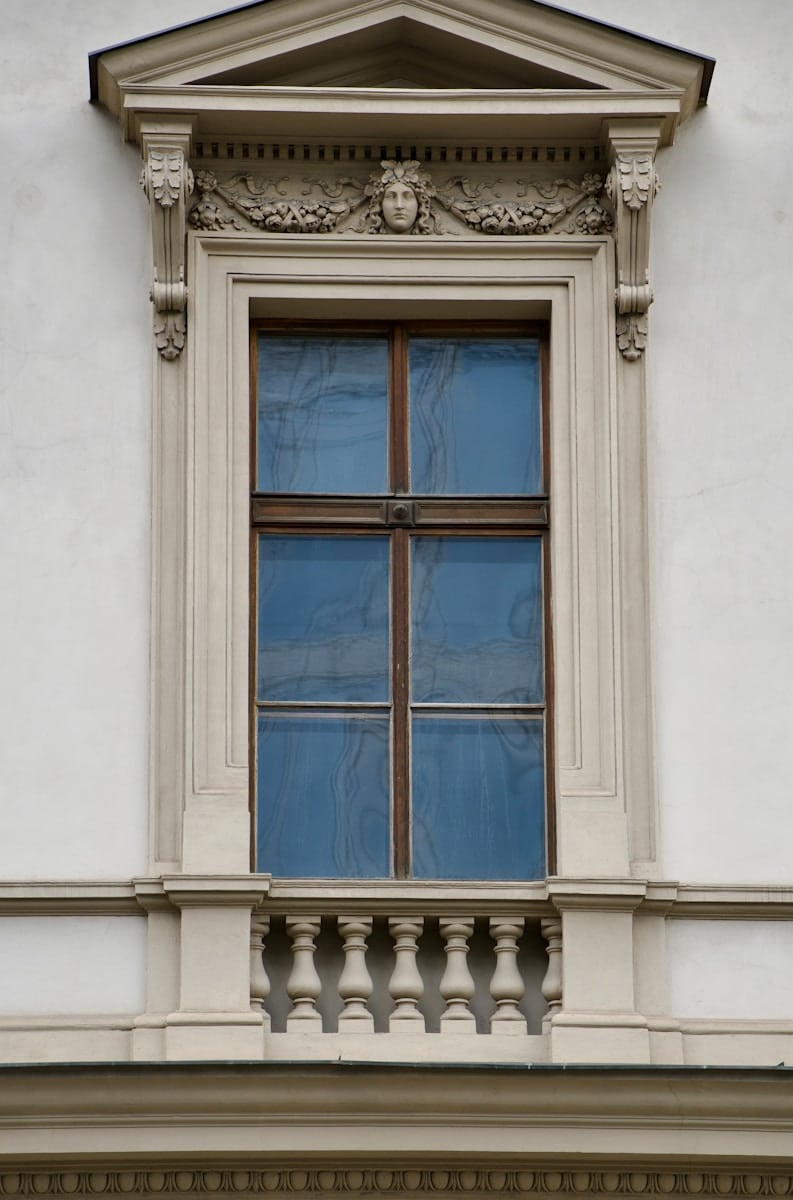Understand how to specify architectural windows near waterways or green corridors where humidity, salt exposure, and abundant vegetation demand robust finishes, smart drainage, and thoughtful ventilation. With the right frames, coatings, and glazing, you can preserve views and protect performance for years.
Steps On How To Specify Architectural Windows Near Waterways or Green Corridors
1. Choose Corrosion‑Resistant Materials and Finishes
Use anodised or high‑grade powder‑coated aluminium, marine‑grade stainless hardware, or composite frames. Confirm coating class and warranty suitability for proximity to moisture and airborne salts.
2. Detail Drainage and Sealing for Moist Environments
Specify sub‑sills with integrated drainage, continuous compression seals, and compatible sealants. Ensure installers maintain weep paths and pack frames plumb and square to avoid leaks and airflow gaps.
3. Optimise Glazing for Glare and Comfort
Use Low‑E or low‑SHGC coatings to manage heat and glare on exposed orientations. Consider laminated glass for security and noise, and select tints or translucent options where privacy is needed without losing daylight.
4. Preserve Views With Slim Sightlines
Select systems with narrow mullions and larger panes to maintain expansive vistas. Use corner glazing or butt‑jointed glass where structurally appropriate to reduce visual interruptions.
5. Ventilate Without Inviting Moisture
Prefer awning sashes that shed rain, and design overhangs or external shading to protect openings. Ensure insect screens and hardware are rated for damp conditions and easy to clean.
Pro Tip: When you specify architectural windows near waterways or green corridors, request sample sections and hardware cutaways. Reviewing thermal breaks, seal geometry, and drainage paths upfront ensures your architectural windows withstand moisture and keep views pristine.

